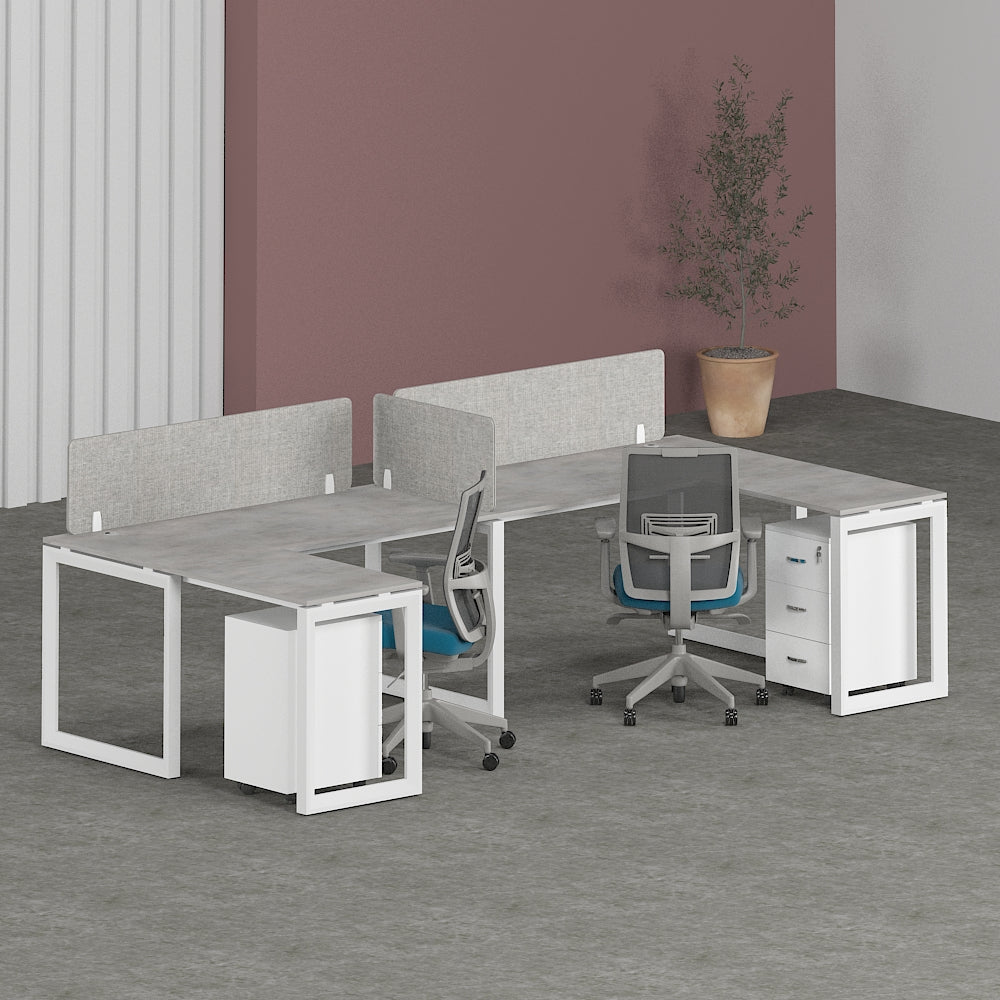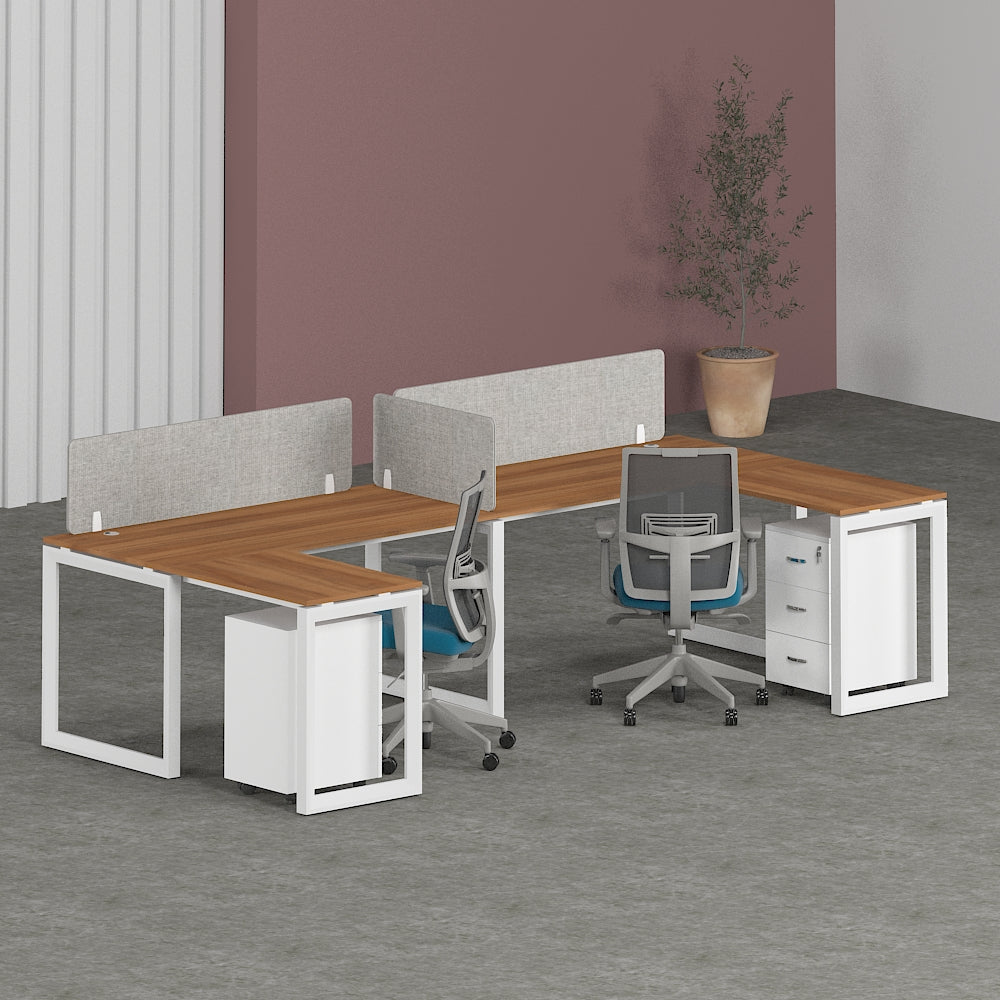In today's fast-paced world, where hours are spent glued to screens and seated in office chairs, it's no surprise that many individuals suffer from body strain and poor posture. But what exactly contributes to these common issues, and more importantly, how can they be addressed? Let's delve into the root causes of body strain and poor posture, their effects on our bodies, and practical solutions to improve our alignment and well-being.
Understanding Body Strain and Poor Posture
Definition and Effects
Before we dive into the causes, let's understand what body strain and poor posture entail. Body strain refers to the discomfort or pain experienced in muscles, tendons, or ligaments due to overuse, repetitive movements, or incorrect positioning. On the other hand, poor posture involves holding the body in positions that put excessive strain on muscles and joints. Over time, these issues can lead to various health concerns, impacting both physical and mental well-being.
Causes of Body Strain
Sedentary Lifestyle
In today's digital age, many of us spend prolonged hours sitting, whether it's at a desk, in front of the TV, or during our daily commute. This sedentary lifestyle can wreak havoc on our bodies, causing tight muscles, weakened core muscles, and imbalances in our skeletal structure.
Poor Ergonomics
Another leading cause of body strain and poor posture is inadequate ergonomic setups in our work and home environments. Ill-fitting chairs, improperly positioned computer monitors, and unsupportive desks can all contribute to discomfort and muscular imbalances.
Incorrect Posture Habits
Our daily habits and routines also play a significant role in our posture. From slouching while sitting to craning our necks forward to peer at screens, these subconscious movements can gradually lead to misalignments and muscle strain.
Effects of Poor Posture
Musculoskeletal Issues
One of the most noticeable effects of poor posture is musculoskeletal discomfort. This can manifest as tension headaches, neck and back pain, and even more serious conditions like sciatica or herniated discs.
Decreased Mobility
Over time, poor posture can limit our range of motion and flexibility, making everyday tasks more challenging and increasing the risk of injury during physical activity.
Reduced Productivity
Beyond the physical ramifications, poor posture can also impact our productivity and mental clarity. When we're constantly battling discomfort or fatigue, our focus wanes, and tasks that should take minutes end up consuming hours.
Ways to Improve Posture
Ergonomic Workstations
Investing in ergonomic furniture and accessories can make a world of difference in improving posture. Adjustable chairs with lumbar support, standing desks, and keyboard trays can all promote better alignment and reduce strain.
Posture Correction Exercises
Incorporating targeted exercises into your daily routine can help correct postural imbalances and strengthen supporting muscles. From core-stabilizing planks to chest-opening stretches, there are numerous exercises designed to promote proper alignment.
Mindful Movement
Practicing mindfulness in movement can also aid in improving posture. Whether it's through yoga, tai chi, or simply paying attention to how we sit, stand, and walk, cultivating awareness of our body's positioning is key to making lasting changes.
Preventing Body Strain
Regular Breaks
Taking regular breaks throughout the day to stretch and move around can prevent stiffness and alleviate muscular tension. Set a timer to remind yourself to stand up, stretch, and give your body a break from prolonged sitting.
Stretching Exercises
Incorporating stretching exercises into your daily routine can help counteract the effects of prolonged sitting and promote flexibility. Focus on stretches that target tight muscles, such as the hip flexors, hamstrings, and chest.
Proper Desk Setup
Ensuring your workspace is set up ergonomically can significantly reduce the risk of body strain and poor posture. Adjust your chair height so that your feet rest flat on the floor, position your monitor at eye level, and keep frequently used items within easy reach to minimize reaching and twisting.
Common Posture Mistakes
Slouching
Slouching is perhaps the most common posture mistake, especially among those who spend long hours seated. This position places undue stress on the spine and can lead to rounded shoulders and neck strain.
Text Neck
With the prevalence of smartphones and tablets, text neck has become increasingly common. Constantly looking down at screens can strain the muscles in the neck and upper back, leading to pain and stiffness.
Rounded Shoulders
Rounded shoulders are often a result of poor posture habits, such as slouching or hunching over desks. This position not only affects the shoulders but can also impact breathing and spinal alignment.
Ergonomic Solutions for Posture
Adjustable Chairs
Investing in an ergonomic chair with adjustable features, such as lumbar support and armrests, can provide optimal support for maintaining good posture throughout the day.
Standing Desks
Alternating between sitting and standing throughout the day can alleviate pressure on the spine and promote better circulation. Consider using a standing desk or a desk converter to switch up your work position.
Monitor Positioning
Position your computer monitor at eye level to prevent neck strain and encourage a neutral head position. Additionally, ensure the screen is an arm's length away to reduce eye strain and the need for excessive leaning or squinting.
Practices for Body Alignment
Yoga and Pilates
Yoga and Pilates are excellent practices for improving body awareness and alignment. These disciplines focus on strengthening core muscles, lengthening tight muscles, and promoting overall balance and flexibility.
Chiropractic Care
Regular chiropractic adjustments can help realign the spine and relieve tension in the muscles and joints. By addressing misalignments, chiropractors can alleviate pain and restore proper function to the body.
Massage Therapy
Massage therapy is another effective way to reduce muscle tension and improve posture. By targeting specific areas of tightness and imbalance, massage therapists can release tension and restore optimal alignment.
Reducing Muscle Tension
Stress Management
Stress can exacerbate muscular tension and contribute to poor posture habits. Incorporate stress-reducing practices into your daily routine, such as deep breathing exercises, meditation, or spending time in nature.
Heat Therapy
Applying heat to tense muscles can help relax them and alleviate discomfort. Use a heating pad, hot water bottle, or take a warm bath to soothe sore muscles and promote relaxation.
Foam Rolling
Foam rolling is a self-myofascial release technique that can help release tight muscles and improve flexibility. Incorporate foam rolling into your post-workout routine or whenever you feel tension building up in specific areas.
Conclusion
In conclusion, body strain and poor posture are prevalent issues in today's society, largely due to our sedentary lifestyles and improper ergonomic setups. However, by understanding the causes, effects, and solutions outlined in this article, we can take proactive steps to improve our posture, reduce strain on our bodies, and enhance our overall well-being.
FAQs (Frequently Asked Questions)
1. How can I tell if I have poor posture?
Poor posture often manifests as rounded shoulders, a forward head position, and an exaggerated curve in the lower back. Pay attention to how you sit and stand throughout the day, and if you notice any of these signs, it may be time to address your posture.
2. Is it possible to correct poor posture?
Yes, with dedication and consistent effort, it is possible to correct poor posture. Implementing ergonomic adjustments, practicing posture correction exercises, and maintaining mindfulness in movement can all contribute to improving alignment over time.
3. Can poor posture lead to long-term health problems?
Yes, prolonged poor posture can contribute to various long-term health issues, including musculoskeletal pain, reduced mobility, and increased risk of injury. Addressing posture concerns early on can help prevent these complications.
4. How often should I take breaks to prevent body strain?
It's recommended to take a short break every 30 minutes to an hour when working in a seated position. Use these breaks to stand up, stretch, and move around to alleviate muscular tension and improve circulation.
5. Are ergonomic chairs worth the investment?
Yes, ergonomic chairs are worth the investment for individuals who spend extended periods sitting at a desk. These chairs provide adjustable support to promote proper posture and reduce the risk of developing musculoskeletal issues associated with prolonged sitting.












































